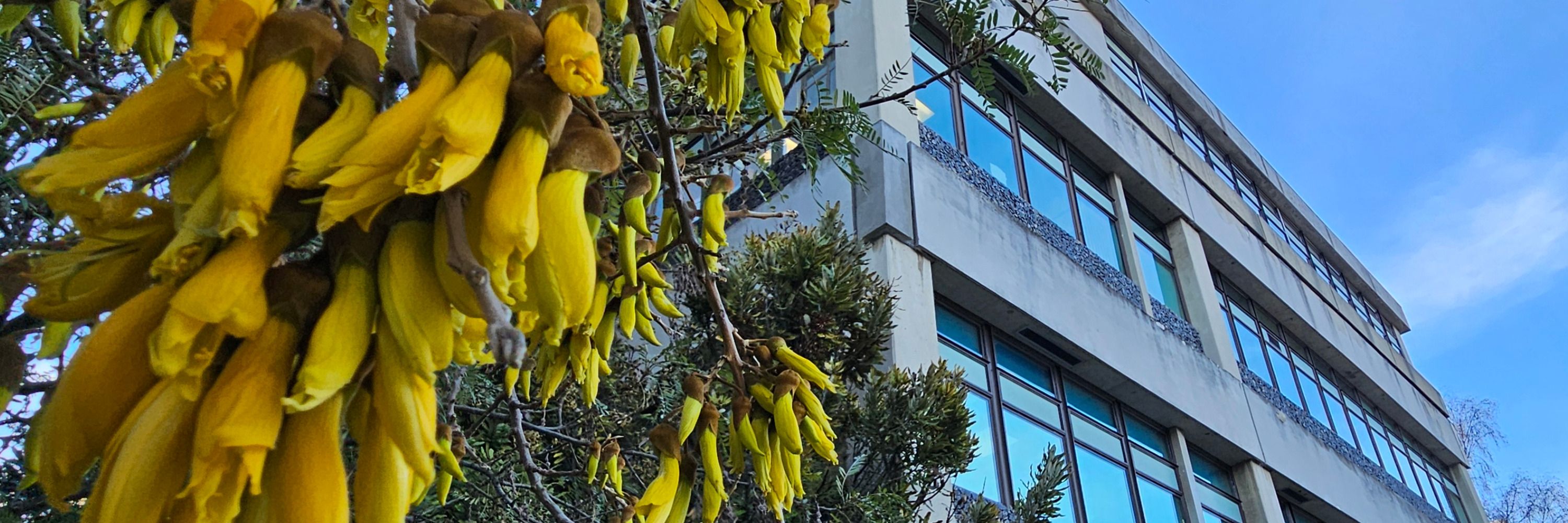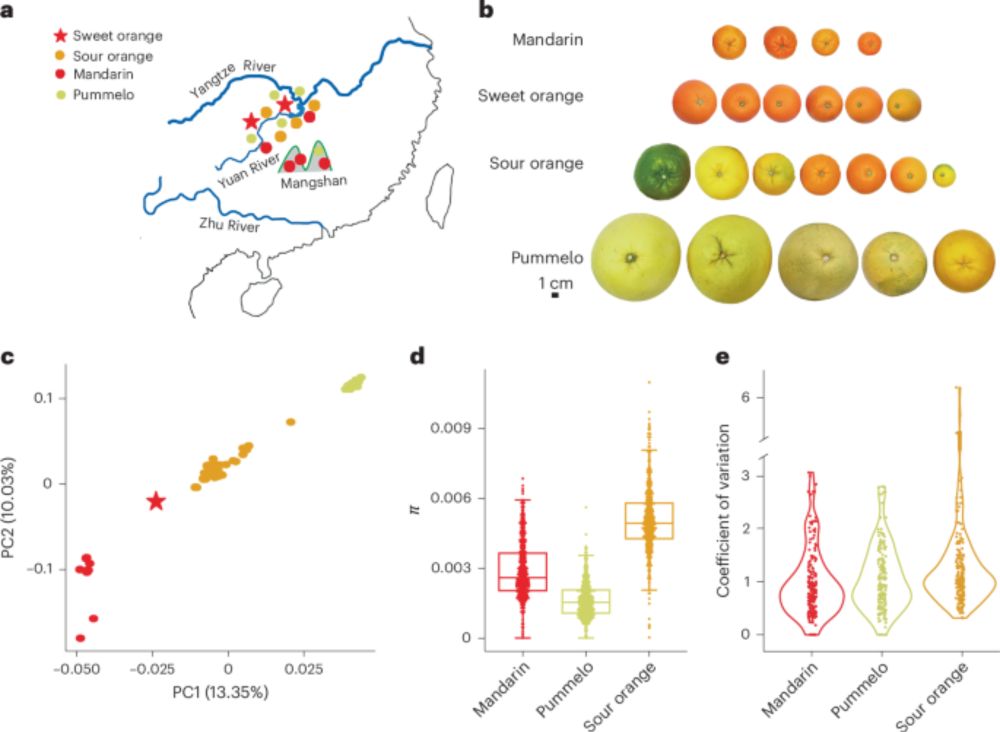
Te Tari Matū Koiora, Ōtākou Whakaihu Waka





link.springer.com/article/10.1...


link.springer.com/article/10.1...
It typically requires a perspective larger than your last study. You unpack why your topic is interesting/important and community progress. It's not so hard to do well if you are thoughtful /1.
It typically requires a perspective larger than your last study. You unpack why your topic is interesting/important and community progress. It's not so hard to do well if you are thoughtful /1.
Learn how to use ChimeraX to create simple animations that can enrich your presentations, websites, and social media

Learn how to use ChimeraX to create simple animations that can enrich your presentations, websites, and social media



Otago Biochemistry's Rare Disorder Genetics Lab is delighted to welcome her back next year as she begins her PhD journey.
Exciting discoveries ahead — well done, Ria! 👏🧬

Otago Biochemistry's Rare Disorder Genetics Lab is delighted to welcome her back next year as she begins her PhD journey.
Exciting discoveries ahead — well done, Ria! 👏🧬
OpenMoji offers 4,000+ free, #opensource emojis (CC BY-SA 4.0), with categories for healthcare, climate, UI...
Challenge: find Greta Thunberg and a Viennese coffee house. ☕
🔗 openmoji.org #SciComm #Design

OpenMoji offers 4,000+ free, #opensource emojis (CC BY-SA 4.0), with categories for healthcare, climate, UI...
Challenge: find Greta Thunberg and a Viennese coffee house. ☕
🔗 openmoji.org #SciComm #Design

A global revolution in genetic sequencing is helping University of Otago scientists solve the mysteries of ultra-rare disorders, for one family at a time.
www.otago.ac.nz/news/newsroo...

A global revolution in genetic sequencing is helping University of Otago scientists solve the mysteries of ultra-rare disorders, for one family at a time.
www.otago.ac.nz/news/newsroo...
Congrats to Jess Willans (& supervisor Liz Ledgerwood) who won a prize for her Peroxiredoxin 2 research poster!




Congrats to Jess Willans (& supervisor Liz Ledgerwood) who won a prize for her Peroxiredoxin 2 research poster!

Rebacca Yorker: More than just a sugar craving…?
www.sciencedirect.com/science/arti...
Michael Dunnet: Orange you curious? The origin of the sweet orange.
www.nature.com/articles/s41...

Rebacca Yorker: More than just a sugar craving…?
www.sciencedirect.com/science/arti...
Michael Dunnet: Orange you curious? The origin of the sweet orange.
www.nature.com/articles/s41...
Getting Franklin’s story right is crucial, because she has become a role model for women going into science."
www.nature.com/articles/d41...

Getting Franklin’s story right is crucial, because she has become a role model for women going into science."
www.nature.com/articles/d41...
Advancing the antituberculosis activity of nitropicolinic acids and amides
www.sciencedirect.com/science/arti...

Advancing the antituberculosis activity of nitropicolinic acids and amides
www.sciencedirect.com/science/arti...
Structural basis of isethionate transport by a TRAP transporter from a sulfate-reducing bacterium
www.sciencedirect.com/science/arti...

Structural basis of isethionate transport by a TRAP transporter from a sulfate-reducing bacterium
www.sciencedirect.com/science/arti...
www.sciencehistory.org/hmbc



Adam Middleton: Life Lessons From (Very Old) Bowhead Whales
Firsanov, D., Zacher, M., Tian, X. et al. Evidence for improved DNA repair in long-lived bowhead whale. Nature (2025)
doi.org/10.1038/s415...

Adam Middleton: Life Lessons From (Very Old) Bowhead Whales
Firsanov, D., Zacher, M., Tian, X. et al. Evidence for improved DNA repair in long-lived bowhead whale. Nature (2025)
doi.org/10.1038/s415...



